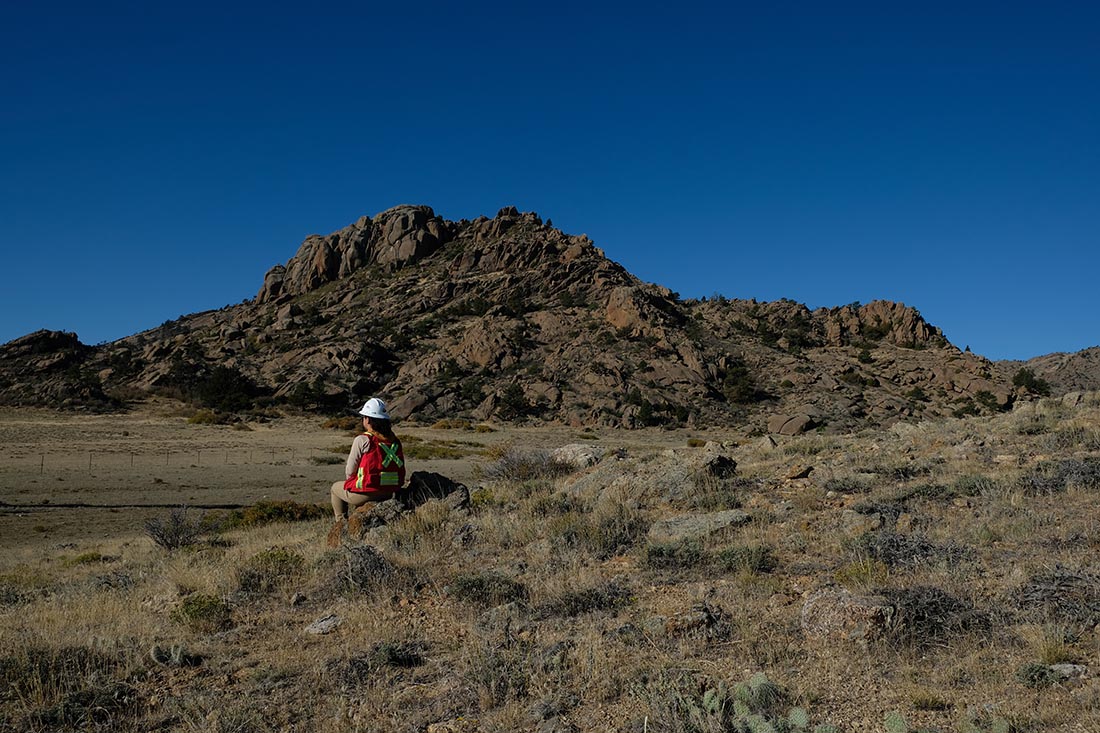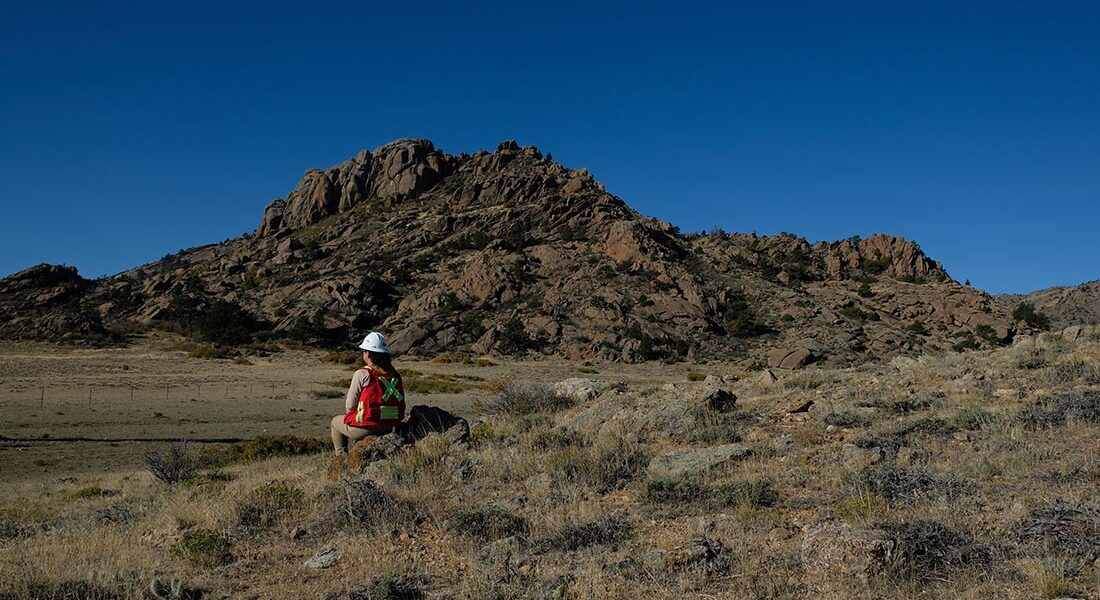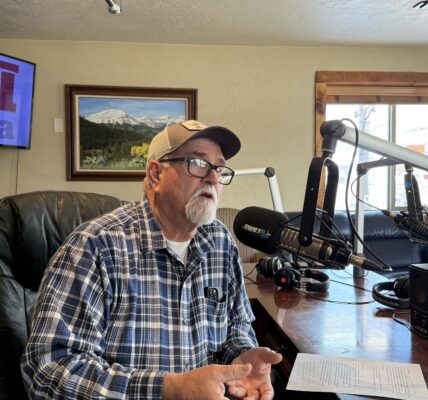
By Zak Sonntag
Casper Star-Tribune
Via- Wyoming News Exchange
CASPER — American Rare Earths, the mineral exploration company whose Halleck Creek mine in Albany County is believed to be one of the largest critical mineral deposits in the world, has restructured its Wyoming holdings in the hope of attracting the capital it needs to bring its resource to market as quickly as possible.
The company last week partitioned the Cowboy State Mine section of its Halleck Creek project into an independent entity now called Wyoming Rare (USA) Inc., or WRI, which representatives say will help the project draw on a targeted class of investors and speed up the development timeline.
To do so, it says it needs a big chunk of change.
The company estimates it will need a staggering $500 million in capital to begin mining and processing the site’s signature minerals, including the powerful magnet metals praseodymium and neodymium.
Considered the “pixie-dust of industrialization,” these rare earths are uniquely durable and significantly more magnetic than iron substitutes, making them indispensable to the production of automobiles, computer technology and military defense systems.
Wyoming Rare Inc. remains a 100% owned subsidiary of American Rare Earths and trades publicly on the Australian Securities Exchange under the ticker ARR.AX.
But one of the challenges in getting the Cowboy State Mine up and running is finding investors willing to buy-and-hold for long enough to see development through.
The problem is that type of investor is not readily found on the ASX, according to Chairman of the WRI Board, Sten Gustafson.
“The Australian market has a very large retail component. The term the Aussies use is a ‘puncher’s market’, a sort of a betting market. They like the high risk, high return … But once we actually find [a development project], that’s when they start to rotate out. So on a longer term project, by the time you’re developing it … they’re long gone,” Gustafson told the Star-Tribune.
Under the new structure, the Cowboy State Mine is conditionally cordoned off from the company’s wider portfolio, including the total 8,800 acre Halleck Creek prospect area, along with exploration campaigns in Beaver Creek, WY, La Paz, Arizona and Searchlight, Nevada.
WRI’s limited operating mission offers a narrow investment track for financiers willing to wait on a longer payout.
“Now we have a vehicle that’s cleaner and offers multiple paths to access capital,” Gustafson said.
The restructure comes at a moment when critical minerals have become more urgent.
In the face of tensions with China — which currently dominates the global market for magnet metals — policy makers and business leaders have moved aggressively to motivate rare earth production at home. In April, President Joe Biden placed tariffs on a host of Chinese imports, including rare earths, raising the import levy from 0% to 25% in a move that was welcomed by American Rare Earths executives who said it would help level the playing field and increase demand for its Halleck Creek resources.
Shortly afterward, the Wyoming Energy Authority awarded the company a $7.1 million matching grant, which will be used to set up a pilot processing plant at the Cowboy State Mine site, among other project tasks.
The company is confident it will make the most of these tailwinds, which only add to its auspicious underpinnings, not least the uniqueness of its deposits.
In addition to being uncannily homogenous and held in soft rock, the Halleck Creek assays reveal deposits with “low radioactive penalty.” Whereas many rare earths come coupled with high levels of radioactive elements like Uranium and Thorium, which must be scrubbed out at high expense, these Albany County minerals have been largely washed by natural processes.
The project also benefits from its location on state-owned lands, where permitting is comparably easy, lowering administrative costs and investor concern.
“The fact that the Cowboy State Mine is located wholly on Wyoming owned minerals and state-owned surface lands, that expedited path to permitting is a strategic advantage,” President of WRI, Joe Evers, told the Star-Tribune.
Expedited, of course, is a relative term in the world of mining, and the board says a favorable timeline is anything under five years.
“On average, if there are absolutely no complications whatsoever, anywhere around the world, it takes anywhere from five to 10 years to build mine, from the day that you first identify a worthwhile deposit to the day that you have rocks rolling on a conveyor belt into a processing facility,” said Mel Sanderson, WRI board member. “The mining game is always a long term play. And if we’re able, with the help of the state of Wyoming, to get Cowboy State Mine up and running in three to five years, that’s right on the curve of optimal delivery.”





